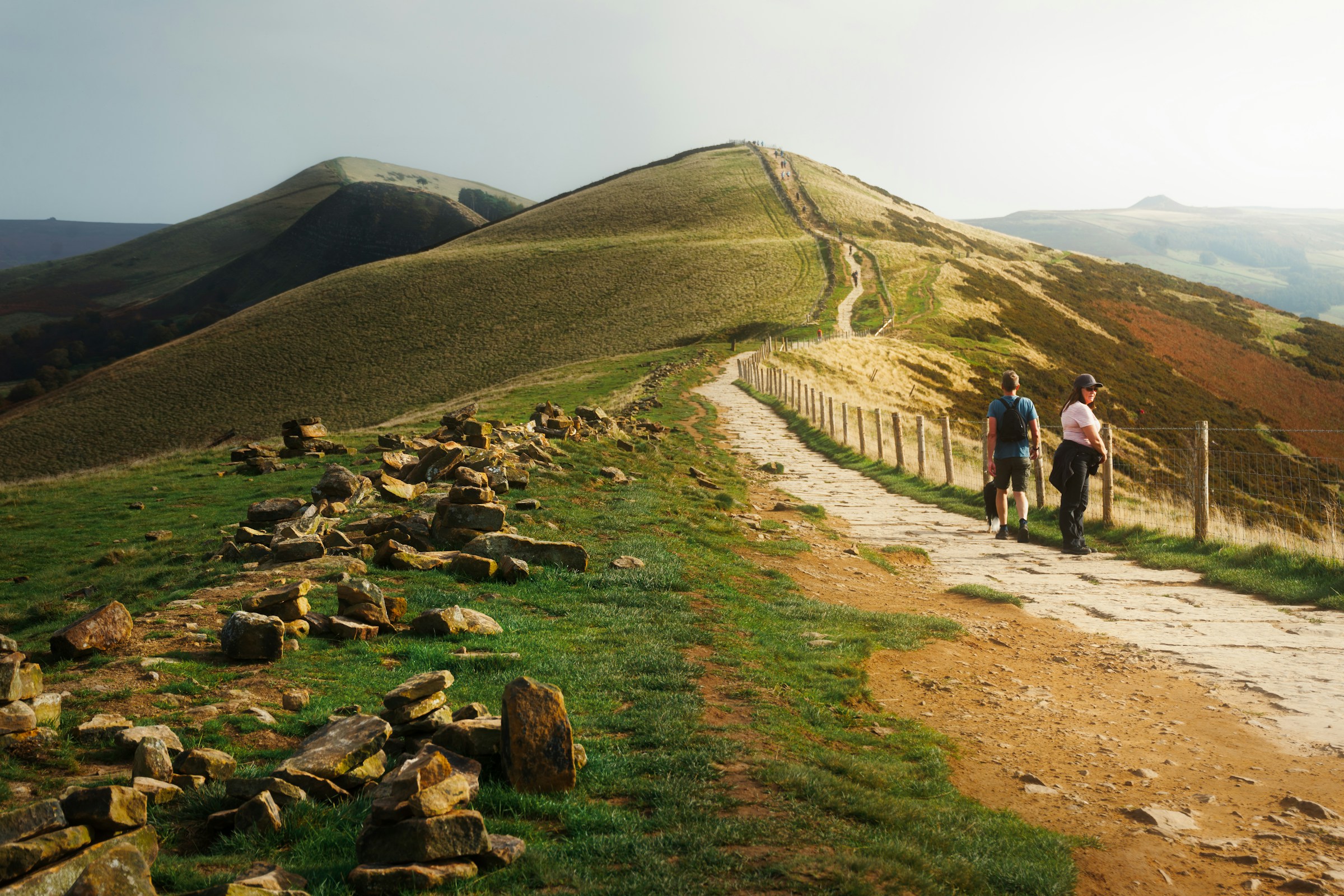Scotland’s stunning landscapes and rugged terrain entice adventurers from all over the world, especially those seeking the thrill of hill walking. The Scottish Borders offer a unique mix of scenic beauty and challenging routes, making it an ideal location for a memorable hiking experience. However, safety should always be a top priority. This article provides essential safety tips for hill walking in the Scottish Borders, emphasizing the importance of preparation, skills, and awareness.
Preparing for Your Hill Walking Adventure
Before embarking on your hill walking expedition in the Scottish Borders, thorough preparation is key. From researching routes to packing the right equipment, every detail is crucial for a safe and enjoyable experience.
Also read : Capturing the Beauty of Cotswolds Autumn Foliage: Tips and Techniques for Stunning Photography
First and foremost, invest time in researching the route you plan to take. Use reliable sources such as guidebooks, online forums, and local experts to gather information about the trail’s difficulty, terrain, and any potential hazards. Pay attention to mountain weather forecasts as Scottish weather can be unpredictable, especially in winter. Knowing what to expect will help you prepare appropriately and avoid unpleasant surprises.
Equip yourself with a detailed map and compass. While modern technology like GPS devices and smartphones can be helpful, they are not foolproof. Batteries can die, and signals can be lost, leaving you stranded without navigation tools. Traditional map and compass skills are invaluable and can be life-saving in such situations.
This might interest you : Which hidden gems in London are perfect for history buffs?
Clothing and gear are vital aspects of preparation. Wear layers to adjust to changing weather conditions, and choose hiking boots that provide ankle support and traction. In winter, additional winter skills such as using crampons and ice axes might be necessary. Don’t forget essentials like a first-aid kit, extra food and water, a headlamp, and an emergency shelter.
Lastly, inform someone about your plans. Share your intended route, expected return time, and contact information with a trusted person. This precaution ensures that in case of an emergency, help can be dispatched promptly.
Navigating the Terrain
Navigating the diverse terrain of the Scottish Borders demands vigilance and an understanding of the landscape. The region’s mountains and hills can present challenges that require careful attention.
One of the foremost tips is to stay on marked trails. Straying off the path can lead to dangerous situations, including getting lost or encountering unstable terrain. Familiarize yourself with the Scottish Outdoor Access Code, which provides guidelines for responsible access to the countryside. Respecting these guidelines ensures your safety and helps preserve the natural environment.
Water is a precious resource during long hikes. Carry enough water to stay hydrated throughout your journey, and identify potential water sources along your route. Be cautious about drinking untreated water from streams or rivers, as it may contain harmful pathogens. Consider bringing a portable water filter or purification tablets for added safety.
When encountering wildlife, maintain a safe distance. The Scottish Borders are home to various animals, and while they are generally harmless, it’s best to observe them from afar. Avoid feeding wildlife, as it can disrupt their natural behavior and pose risks to both them and you.
Weather conditions in the Scottish Borders can change rapidly, especially in higher elevations. Monitor the sky for signs of impending storms or deteriorating conditions. If the weather takes a turn for the worse, be prepared to turn back or seek shelter to avoid unnecessary risks.
Improving Your Skills and Knowledge
Hill walking in the Scottish Borders requires a certain level of skills and knowledge to navigate safely. Investing time in skill development can significantly enhance your safety and overall experience.
Consider enrolling in a skills course. Various organizations offer courses on outdoor survival, navigation, and winter skills. Learning how to read a map and compass, identify landmarks, and use emergency shelters can be invaluable. These skills are particularly crucial for winter mountain walking when conditions can be harsh and visibility limited.
Practice mountain walking techniques that help you conserve energy and reduce the risk of injury. Proper pacing, efficient use of walking poles, and maintaining a steady rhythm can make a significant difference during long-distance hikes. Additionally, understand how to cross different types of terrain, from rocky paths to muddy trails, to minimize the risk of falls and accidents.
Familiarize yourself with mountain rescue procedures. Knowing what to do in case of an emergency can be a lifesaver. Carry a whistle and a signal mirror to attract attention if needed. In areas without mobile coverage, consider investing in a satellite communication device to stay connected with emergency services.
Joining a local hiking group or community can provide valuable insights and camaraderie. Experienced hikers can share their knowledge, offer advice on routes, and even accompany you on your adventures. Learning from others who have explored the Scottish hills can be both educational and inspiring.
Lastly, always be mindful of your physical fitness. Hill walking can be physically demanding, especially on long-distance trails. Regular exercise and conditioning will help you tackle the challenges of the terrain with confidence and reduce the risk of fatigue-related accidents.
Managing Risks and Emergencies
Despite thorough preparation, unexpected situations can arise during hill walking in the Scottish Borders. Knowing how to manage risks and respond to emergencies is essential for your safety.
Develop a keen sense of risk assessment. Continuously evaluate your surroundings and assess potential hazards. Pay attention to signs of deteriorating weather, unstable terrain, or fatigue. Being proactive in recognizing and addressing risks can prevent accidents before they occur.
Carry a first-aid kit and know how to use it. Basic first-aid knowledge is crucial for addressing injuries such as cuts, sprains, or blisters. Consider taking a first-aid course to enhance your skills and confidence in handling medical emergencies.
In case of an emergency, knowing how to summon help is vital. If you have mobile coverage, call emergency services and provide them with your location and a description of the situation. If you lack signal, use your whistle, signal mirror, or satellite communication device to attract attention.
When faced with a medical emergency, prioritize staying calm and maintaining a positive mindset. Panicking can cloud your judgment and hinder your ability to make rational decisions. Assess the situation, administer first aid, and take steps to ensure the safety and well-being of everyone involved.
If you become lost or disoriented, avoid wandering aimlessly. Instead, try to retrace your steps to the last known point on the map. If that’s not possible, find a safe location to wait for help. Using your map and compass, attempt to identify landmarks that can help you regain your bearings.
Embracing the Experience with Caution
Hill walking in the Scottish Borders is a rewarding and enriching experience that offers breathtaking views and a sense of achievement. By taking these essential safety tips to heart, you can embrace the adventure with caution and confidence.
Always prioritize safety over ambition. While reaching the summit or completing a challenging route is gratifying, it should never come at the expense of your well-being. Be prepared to adjust your plans based on the conditions and your own physical state.
Respect the environment and your fellow hikers. Leave no trace of your presence by packing out all trash and minimizing your impact on the natural surroundings. Follow the principles of wild camping if you plan to camp along the way, ensuring that you leave the area as you found it.
Hill walking in the Scottish Borders is an opportunity to connect with nature, challenge yourself, and create lasting memories. With the right preparation, skills, and awareness, you can enjoy the beauty of the Scottish landscape while minimizing risks. Remember, the journey is just as important as the destination, and staying safe ensures you’ll have many more adventures to come.
In conclusion, hill walking in the Scottish Borders is a remarkable adventure that requires careful planning, skill development, and risk management. By researching your route, equipping yourself with the right gear, and honing your outdoor skills, you can enjoy the stunning landscapes with confidence. Always stay vigilant, respect the environment, and prioritize safety to make the most of your hill walking experience in this beautiful region of Scotland. Whether you’re a seasoned hiker or a novice adventurer, these essential safety tips will help you make the most of your time in the great outdoors.














